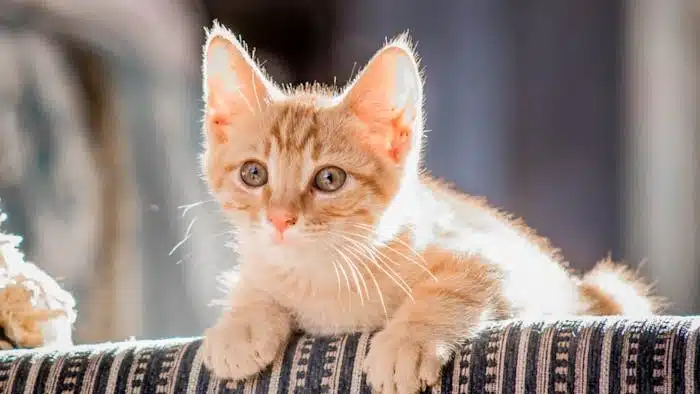Why Does My Cat Always Nuzzle Me?

One of the great joys of living with cats is observing their mysterious behaviors. When your cat gently rubs against you, these actions may carry all sorts of hidden “messages.” Let’s take a deeper look at the fascinating meaning behind this little action.
Marking Territory: Claiming Ownership
Cats are fiercely territorial creatures. Their cheeks, chin, and the base of their tail contain specialized scent glands. When they rub against an object, they’re leaving behind their unique scent. When a new pet or item enters the home, your cat might obsessively rub against it to overlay their scent. This behavior also helps cats recognize boundaries in multi-cat households, reducing conflicts.
Affection and Attention-Seeking
Cats are masters of emotional expression. A deliberate rub against your leg or arm is often a sign of trust and fondness—a way to say, “I love and trust you.” Maybe your cat greets you at the door with a full-body rub after work, craving your touch, or nudges you during downtime to ask for playtime or treats. These affectionate gestures strengthen your bond and provide your cat with comfort and security.
Health Distress: A Silent SOS
Sometimes, excessive rubbing isn’t about love or territory—it’s a cry for help. If your cat repeatedly rubs its head, ears, or back against surfaces, it might be battling itching or discomfort caused by skin issues, ear infections, or parasites. Watch for red flags like restlessness, hair loss, or irritated skin. If these signs appear, schedule a vet visit promptly to address the problem.
Social Bonding
In multi-cat homes, mutual rubbing is a social ritual. Cats exchange scents to deepen familiarity and acceptance, fostering harmony. A new cat might rub against resident cats to signal friendship, while established cats use it to confirm hierarchy. This “scent-sharing” ritual minimizes conflicts and nurtures a peaceful, cohesive group.
Every head bump, cheek rub, or tail flick is your cat’s way of whispering secrets to you. As a cat parent, observing these subtle cues and decoding their “language” helps you meet their needs and deepen the bond with your feline companion.
